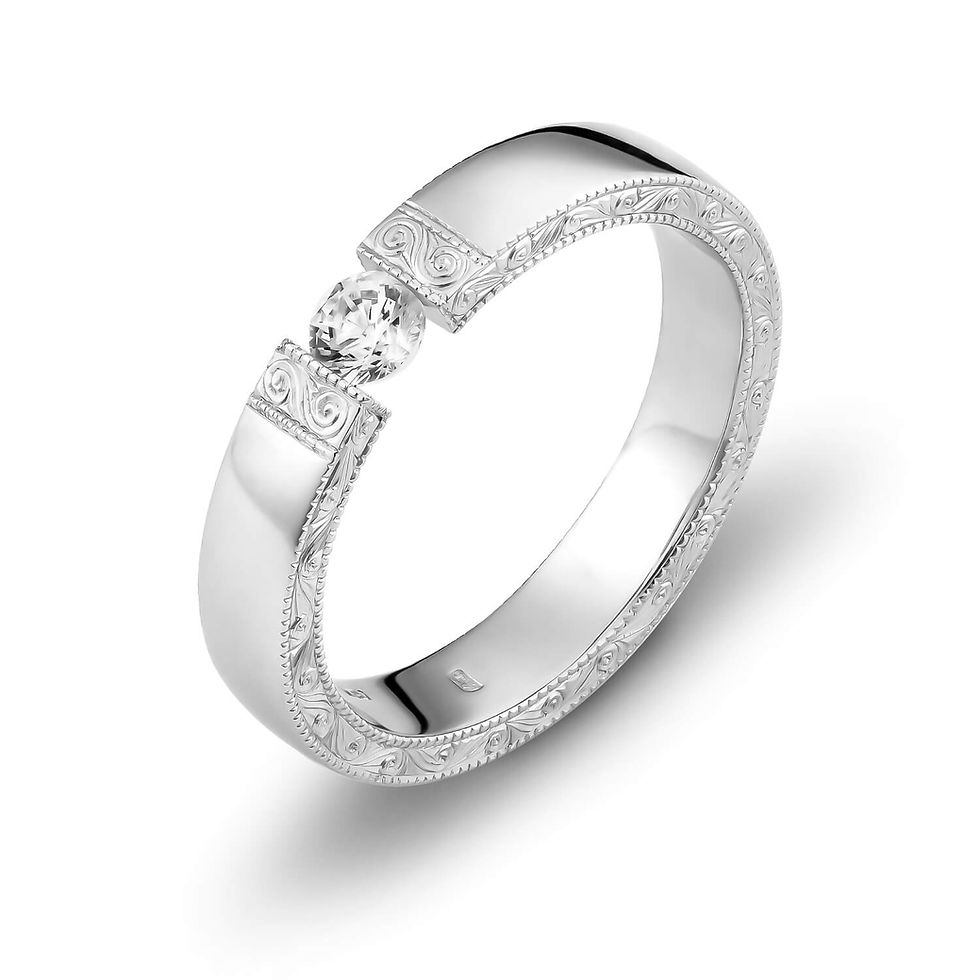The bases of jewelry photography
- Zsombor Sandor

- Aug 28, 2019
- 2 min read
Jewelry and reflective surfaces photography is the most challenging type of photography. I started jewelry photography in 2010, at a local diamond store with almost no experience with reflective surfaces. As a newbie my first step was to understand the product behavior in a photographic scenario: basically how light behaves and reflects when it hits the surface of the product.
- For example let me take a plain gold ring (no diamonds) and continue with it within this post. -
My first thought was, no matter in what angle I place the ring, she will reflect the surrounding, from any angle. OK so we dealing with a small 1-2cm curved sphere mirror basically. I knew I must put the ring in some white environment for to make some great white background images. Later I learned that the tent was not versatile enough to form the shape of the environment, the small white paper sheets were not enough transparent to let the perfect amount of light to the subject. So I disembarked at a white plastic foil called 'translum foil'. This is easily transformable and it has great gradient properties if you light it well.
Must in white background catalogue style jewelry photography: Patience, good knowledge of light behavior, basic knowledge of camera settings, macro lens, capture device( any kind of digital or analogue image recording device) white surrounding elements, light source(s).
If you mix these ingredients well with a good care and attention to detail, you will get astonishing results. like this image which is composed of more then 40 individual images. This took me about 4 hours from the first image taken to the last click of retouch.


This image (above) was taken in my studio with high quality flashes with a Full Frame DSLR and a macro lens.
On the other end here is a good example how a very good looking image looks like on a budget version. On this image I used a cellphone continuous light, obviously diffused by translum foil, and a cheap crop sensor DSLR with a macro lens.


Conclusion of this non specific blog post is that you can get very good results by approaching it from a different angle and knowing what you are doing with light.
I hope you learned something, and I see you on the next blog post which will be about the second and probably the most important part of ecommerce photography, the post process or retouch.


Comments